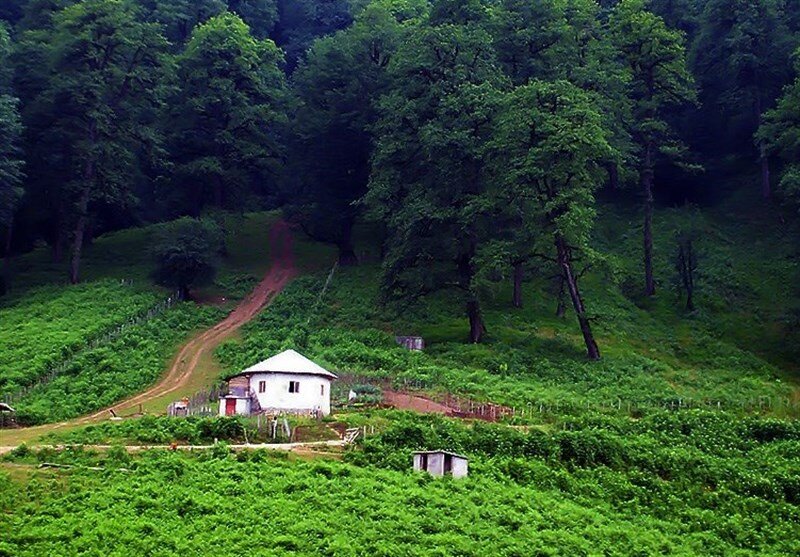Deforestation in Iran worrisome: expert

TEHRAN – The trend of deforestation in Iran is worrisome, Ali Banagar, head of the forestry scientific association affiliated to the Research Institute of Forests and Rangelands, has said.
Pointing out that deforestation is a global challenge, he said that drought, floods, extreme heat, and cold, sand, and dust storms, as well as climate change, are natural causes of deforestation and reduce the quality of forests.
“Apart from natural factors, villa and road construction, development projects, dam construction, wood smuggling, encroachment on forests and land grabbing, forest fires, coal mining, livelihood activities including agriculture, providing fuel and excessive livestock grazing, social and economic problems, and exploitation of natural resources, pests, environmental pollution and landfills, and many other factors have reduced the quantity and quality of forests.
Between 2015 and 2020, approximately 12,000 hectares of forests across the country were wiped out annually. Each of these variables has increased or decreased in recent years, but the result is alarming,” he explained.
In some areas, such as the Zagros, soil erosion and water scarcity, along with economic and social problems, have destroyed forests. In the southern provinces, illegal harvesting of plant species, human interference and uncontrolled grazing, and atmospheric factors are effective in deforestation, he said.
Unfortunately, one of the most important problems of Iranian forests, especially Hyrcanian Forest, is the cutting, conversion, and transportation of trees, he lamented, adding, however, inappropriate policies of government agencies play a major role in the destruction of natural resources and the environment.
Between 2015 and 2020, approximately 12,000 hectares of forests across the country were wiped out annually, IRNA quoted Reza Bayani an official with Forests, Range and Watershed Management Organization, as saying.
He went on to say that the country’s forests are estimated at 14.3 million hectares, lamenting, deforestation occurs for a variety of reasons, including dam construction, road construction, fire, and wood smuggling.
He went on to say that the country’s northern forests have been estimated at 2,080,000 million hectares about 60 years ago, and today it is stretching to 2,004,000 hectares taking replanted areas into account.
Yousefali Ebrahimpour, commander of the protection unit of natural resources and watershed management department of West Azarbaijan province earlier said that shortage of forest protection units, not enforcing laws, and low fines are among the factors exacerbating deforestation.
Each tree produces 2 kilograms of oxygen annually, so one hectare of trees can produce 2,500 to 3,000 oxygen which helps 10 people to breathe oxygen, while they can reduce the area’s temperature by 11 degrees.
As forests play a significant role in the carbon cycle, when are cut down, not only does carbon absorption cease, but also the carbon stored in the trees is released into the atmosphere as CO2 if the wood is burned or even if it is left to rot after the deforestation process.
According to climateandweather.net, forests store up to 100 times more carbon than agricultural fields of the same area, it is estimated that more than 1.5 billion tons of carbon dioxide are released into the atmosphere due to deforestation, mainly the cutting and burning of forests, every year.
Over 30 million acres of forests and woodlands are lost every year due to deforestation.
FB/MG
